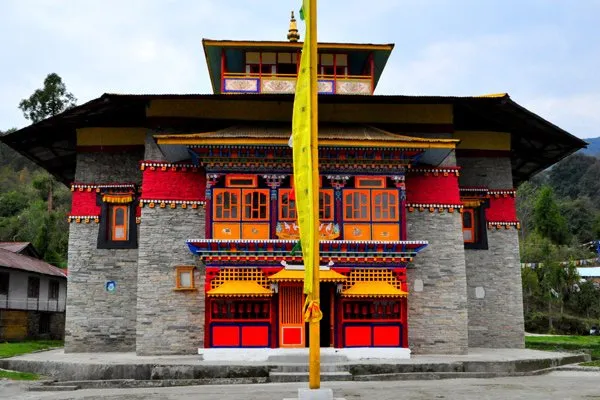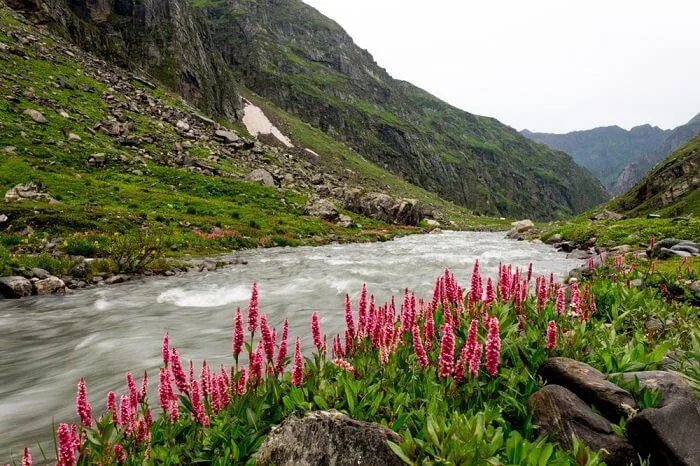Both the ocean and sea are large or vast waters-which account for 70 percent of the total land area.
Even as their waters, oceans, and seas are different in many ways;
First, oceans are waters between the continents, such as the Atlantic Ocean separating Africa from North/South America and Europe; the Indian Ocean separating India from Africa, Pacific Ocean separating North and South America from Asia.
The Ocean floor is made up of dense basaltic rock, this is a vast continuous body of water, which account for over two-thirds of the earth’s area.
The world has seven of these waters:
- Arctic Ocean
- the NorthAtlantic Ocean
- the SouthAtlantic Ocean
- theIndian Ocean
- the NorthPacific Ocean
- theSouth Pacific Ocean
- theSouthern (or Antarctic) Ocean
On the other hand, a sea is a narrow body of water; smaller in size than the ocean. Generally, seas are very close to land or human habitation, and the sea floor is made up of light granite rock of the continent. A sea is mostly enclosed land of water, which could be bodies of water as shown in this map. The Mediterranean Sea, otherwise known as the Great Sea is a body of water connecting Africa and southern Europe, this water connects twenty-three countries (in Africa, Europe, and Asia) and four territories.
Sea Within Sea; Not With Ocean
Another difference between sea and ocean is, a sea or seas can be found within another SEA as in the case of the Mediterranean Sea. Within the Mediterranean Sea, they’re other seas, such as the Adriatic Sea, Sea of Crete, Ligurian Sea, Ionian Sea, Sea of Sicily, Alboran Sea, Balearic Sea, Tyrrhenian Sea, Aegean Sea, Myrton Sea, Levantine Sea, Gulf of Lion, Libyan Sea and many more. In the Black Sea, a strait connects it with another Sea of Azov. This is a common feature among the seas around the but not with oceans. Coming to Africa, the Red Sea another body of water through the Strait of Mandeb is connected to the Gulf of Aden, then to the Indian Ocean.
Depth:Oceans are deeper than seas, although, the sea is deep by its own standards and respect; however, oceans are deeper; the average depth of an ocean is put at 3.5 kilometers, which means, certain parts of oceans could be deeper beyond the 3.5 kilometers stretch. In many instances, it is always said, any part of the ocean with a-200-meter-depth, is nothing, but a deep sea. It may surprise you to know that there are underwater mountains, plains, and hills; of the two highest mountains in the world-Mounts Everest and Kilimanjaro-with 8,848 and 5865 meters-none equal in height to mountains in the Oceans, also with mountains in the seas.
The average ocean depth is 10,924 meters, the Arctic, the smallest ocean has an average depth of 5625 meters, while the deepest sea-the Caribbean Sea, also the largest of all the seas, has a depth of 6946 meters.
Coverage or Area:The areas covered by Oceans are far greater than the seas; even where there are multiple seas or bodies of seas within the same geographical area, oceans or oceans are larger. World water covers a total area of 361,900,000 square kilometers holding 1.35 billion cubic kilometers of water. Of the seven oceans-Pacific is the largest holding about 60,060,000 square kilometers of water; the Arctic, the smallest ocean, holds 5,427,000 square kilometers; while the Mediterranean Sea holds just 1,144,000 square kilometers of water.
Ocean Resources:Another difference between the sea and the ocean is that-World Oceans hold enormous resources, which mankind will never exhaust. The amount of world wealth-especially the HYDROCARBON PRODUCT in the oceans is stupendous-extremely astonishing. Since the industrial revolution of the mid-19th century, records or history shows that about 147 billion tons of oil have been pumped out for human consumption from world reserve; half of it, in the past 20 years. As of today, the conservative world reserve, which is reachable or explorable by modern technology is put at 157 billion tons, of this amount, 26 percent or 41 billion tons buried under ocean bed. In 2007, 1.4 billion tons of oil were sourced from the ocean; representing 37 percent of annual production.
On natural Gas, the oceans of the world harbor a chunk of world reserves-Middle East harbors considerably more gas in the “ocean floor” than any region; in the lead, is the South Pars/North Dome Oil field between Iran and Qatar. This is the world’s largest natural gas and condensate jointly owned by Iran and Qatar.
The International Energy Agency says it holds 50.97 trillion cubic meters (1800 trillion cubic feet) of In-situ gas and some 50 billion barrels of condensate with a volume equivalent to 360 billion barrels of oil, and 310 billion barrels equivalent of gas and 50 billion of bbl of condensate. This is the world’s largest conventional Hydrocarbon Accumulative-bigger than the Ghawar Oil field, which holds 170 billion barrels of original oil in place.
South Pars/North Dome-Gas Condensate Field-Jointly Owned by Iran and Qatar.
Finally, Animals in Oceans and Seas are Different:
Marine life in the seas is somehow different from those in the oceans-In oceans, we have microscopic organisms, plankton, bacteria, shrimps, big mammals-whale, sharks, dolphins, and many more. In the sea, we have both aquatic and amphibian; animals that live in the water and on the land. And because light can penetrate into the seawater than ocean water, it allows photosynthesis.
~ Silas O. Abayomi, Scholar, Researcher, Publisher, Mediator, Historian (2008-present)
















